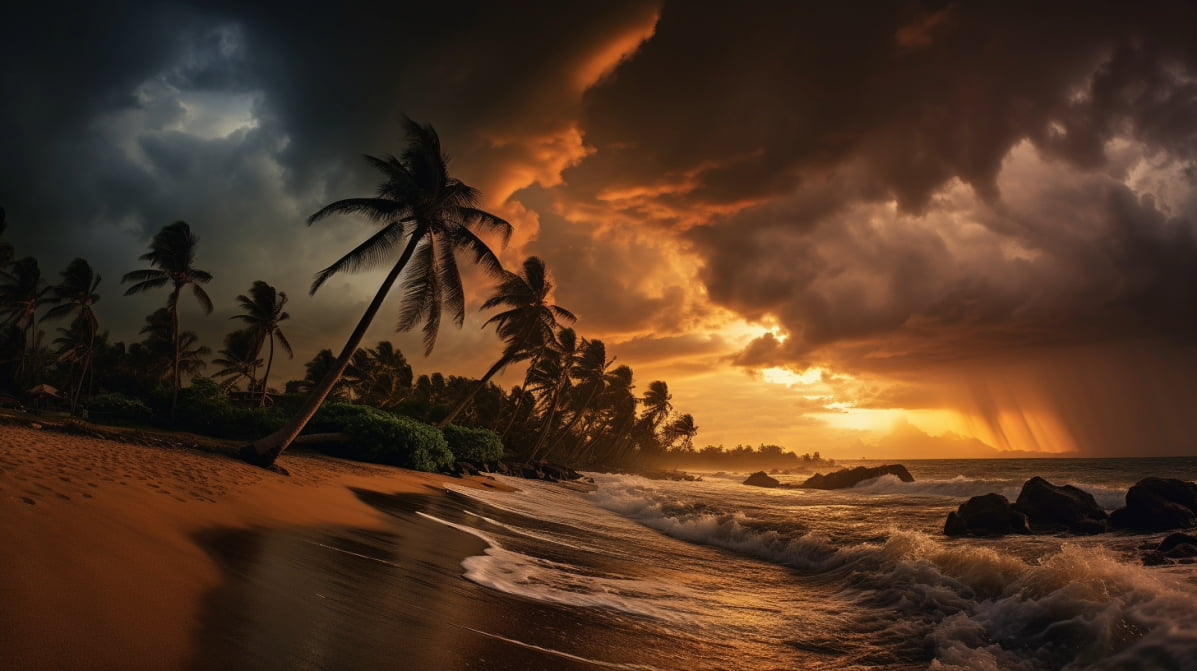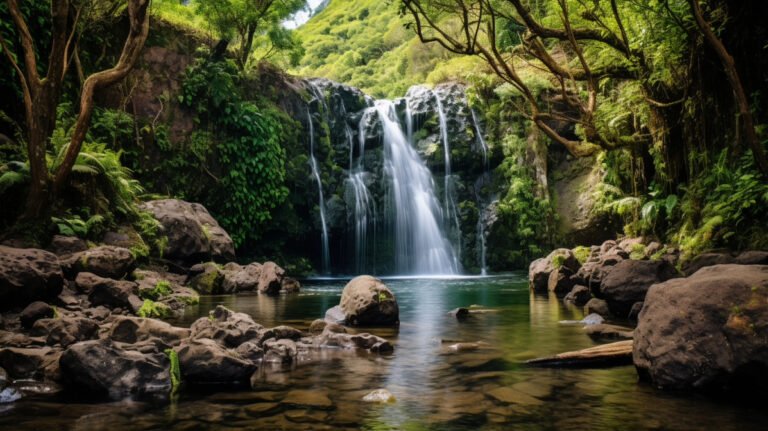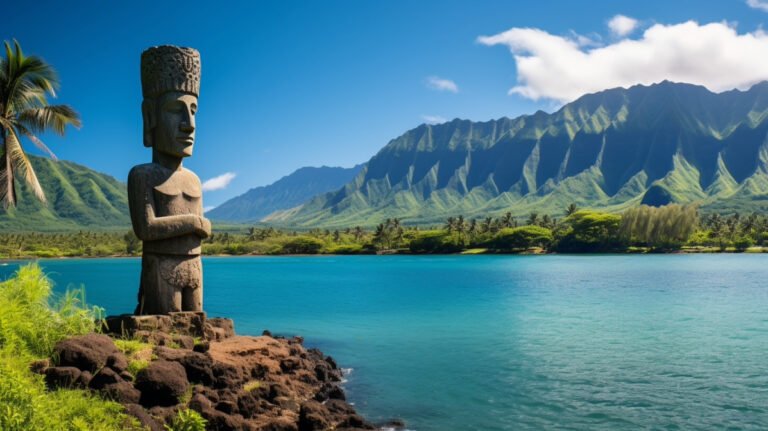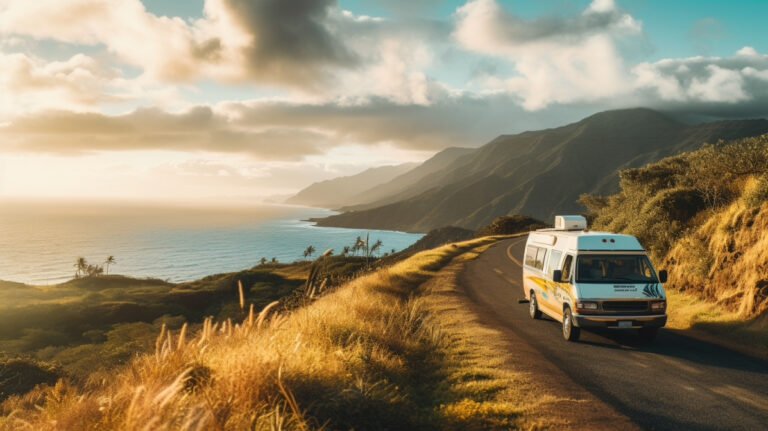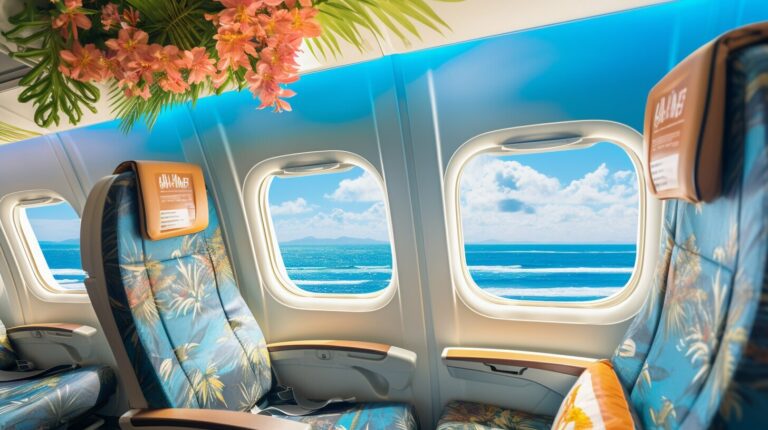Unlocking Maui’s Weather Secrets: Your Guide to Island Bliss 🌴
When planning a vacation to Maui, understanding the island’s weather patterns is essential. The island’s climate is influenced by several factors, including its location in the Pacific Ocean and the trade winds that blow across the region. By learning about the typical weather conditions in Maui, visitors can prepare accordingly and make the most of their trip.
In this article, we will provide a comprehensive guide to Maui weather, including its typical patterns, the best times to visit, and practical tips for planning your vacation around the weather. We’ll also offer insights into the latest weather resources available to stay up-to-date with the conditions on the island.
Key Takeaways:
- Understanding Maui’s weather patterns is crucial when planning a trip to the island.
- The trade winds and location in the Pacific Ocean influence Maui’s climate.
- Maui has distinct dry and rainy seasons, and visitors should plan accordingly.
- Checking weather forecasts regularly and packing appropriate clothing is essential for enjoying outdoor activities on Maui.
Understanding Maui’s Weather Patterns
Maui’s weather patterns are influenced by a variety of factors, including its location in the Pacific Ocean, trade winds, and topography. Understanding the island’s weather conditions is crucial to ensure that visitors plan their trip accordingly and make the most of their vacation.
The Seasons
Maui experiences two main seasons: the dry season, which runs from April to October, and the rainy season, which lasts from November to March. During the dry season, visitors can expect sunny and warm weather, with daytime temperatures typically in the 80s and nighttime temperatures in the 70s. The rainy season, on the other hand, can bring cooler temperatures and more frequent rainfall, although it is usually not continuous.
Trade Winds
Trade winds are a significant factor in Maui’s weather patterns, blowing from the northeast across the island. They have a cooling effect on the island, making the temperatures more comfortable and providing a refreshing breeze. However, trade winds can also bring in moisture, leading to occasional showers and cloud cover.
Unique Weather Phenomena
Maui is also home to several unique weather phenomena, such as the Kona winds and vog (volcanic smog). The Kona winds blow from the southwest and are warm and humid, bringing in vog and occasionally vog-related health hazards. Meanwhile, vog is formed when sulfur dioxide emissions from Kilauea Volcano on the Big Island mix with moisture in the air and sunlight, creating a haze that can affect visibility and air quality.
Best Times to Visit Maui for Ideal Weather
If you’re planning a visit to Maui, it’s important to consider the island’s weather patterns. The best time to visit Maui for the ideal weather conditions varies based on your preferences, as well as seasonal events and festivals.
| Month | Weather |
|---|---|
| January | Temperatures in the mid-70s, occasional rainfall |
| February | Temperatures in the mid-70s, occasional rainfall |
| March | Temperatures in the mid-70s, occasional rainfall |
| April | Temperatures in the high 70s, occasional rainfall |
| May | Temperatures in the high 70s, occasional rainfall |
| June | Temperatures in the low to mid 80s, occasional rainfall |
| July | Temperatures in the low to mid 80s, occasional rainfall |
| August | Temperatures in the low to mid 80s, occasional rainfall |
| September | Temperatures in the high 70s to low 80s, occasional rainfall |
| October | Temperatures in the high 70s, occasional rainfall |
| November | Temperatures in the mid to high 70s, occasional rainfall |
| December | Temperatures in the mid to high 70s, occasional rainfall |
The months of April, May, September, and October are generally considered the best time to visit Maui for ideal weather conditions. During these months, visitors can expect pleasant temperatures, lower chances of rainfall, and fewer crowds.
It’s important to note that weather conditions can vary across the island, so it’s always a good idea to check Maui weather updates and forecasts before planning your trip. Additionally, keep in mind any seasonal events or festivals that may impact travel and accommodation availability.
Planning Your Maui Vacation Around the Weather
When planning a vacation in Maui, it’s essential to consider the weather conditions for the time of year you plan to visit. Your itinerary and packing essentials will be influenced by the forecasted temperatures and the chance of rain, so it’s wise to plan ahead to make the most of your trip.
Activities
One of the main reasons people visit Maui is to enjoy its outdoor activities. Whether you’re planning to hike, snorkel, or simply relax on the beach, it’s important to take into account the weather conditions for each activity.
If you’re planning to hike, temperatures can vary depending on the altitude and location. It’s best to check the Maui forecast for the specific area and trail you plan to tackle. For water-based activities like snorkeling and diving, calm ocean conditions and clear visibility are optimal. If there’s a chance of rain or high winds, these activities may not be possible or enjoyable.
Packing Essentials
What you pack for your Maui vacation will depend on the season and forecasted temperatures. It’s important to bring comfortable clothing that’s appropriate for the expected temperatures and possible weather conditions.
For a summer vacation, lightweight clothing made from breathable fabrics like cotton or linen is ideal. Don’t forget to bring a hat and sunglasses to protect yourself from the sun. If you’re planning to visit during the winter months when temperatures can be cooler, a light jacket or sweater may be necessary.
Weather-Related Safety Precautions
Maui is known for its beautiful beaches and ocean activities, but it’s important to be aware of the potential dangers that come with these activities. Before heading out to the beach, check the Maui forecast for information on ocean conditions and any potential hazards.
If there’s a chance of storms or high winds, it’s best to avoid water activities altogether. If you do choose to swim or snorkel, be sure to stay within the designated swimming areas and never swim alone. It’s best to consult with a local guide or lifeguard for advice on safe ocean activities.
Staying Updated with Maui Weather
When visiting Maui, it’s important to stay informed about the ever-changing weather conditions. Fortunately, there are several resources available to help visitors keep track of the latest weather updates and forecasts.
One option is to check local weather reports, which are often broadcast on television or radio stations. Visitors can also access weather information on websites such as Weather.com or NOAA.gov, or through smartphone apps like AccuWeather.
It’s important to note that weather conditions can vary across different parts of the island, so it’s a good idea to check the forecast for the specific area you plan to visit. Additionally, weather can be unpredictable, so it’s recommended to check for updates regularly – especially if engaging in outdoor activities or planning day trips.
Maui Weather Forecast: What to Expect
When planning a vacation to Maui, it’s important to stay informed about the weather forecast. Unlike other destinations where the weather can be fairly consistent, Maui’s weather can vary widely depending on the season and location on the island.
Maui’s weather is influenced by trade winds that blow consistently from the northeast. These trade winds keep the temperature mild and comfortable throughout the year, with average temperatures ranging from 75°F to 85°F. The island’s different elevations also contribute to its variable climate, so keep in mind that temperatures can fluctuate from the coast to inland or mountainous areas.
The rainy season in Maui typically runs from November to March, with January and February being the rainiest months. It’s important to also note that the islands can experience occasional storms during hurricane season, which runs from June to November. However, the good news is that Maui’s weather forecast is typically accurate, so you can plan accordingly and make the most of your trip.
When packing for your Maui vacation, it’s recommended to include clothing suitable for warm, sunny weather. Light layers can be helpful, as temperatures can drop at night. It’s also important to bring appropriate footwear for activities such as hiking or walking on the beach. For extra precaution, always check the weather forecast a few days in advance to ensure you’re prepared for any sudden changes in weather conditions.
Conclusion
In conclusion, understanding Maui’s distinct weather patterns is key to planning your island getaway. Pack appropriately for forecasts and temperatures that vary by season and location. Plan activities accordingly to maximize your time.
Stay updated on weather conditions, especially when adventuring outdoors. Let sunny skies and tropical showers enhance your Maui experience, not hinder it. With the right preparation, you can revel in island perfection.
Get ready for island weather bliss. Download the Maui Travel Guide Maui Travel Guide for weather resources to make the most of paradise. Experience Maui’s magnificence come rain or shine!

